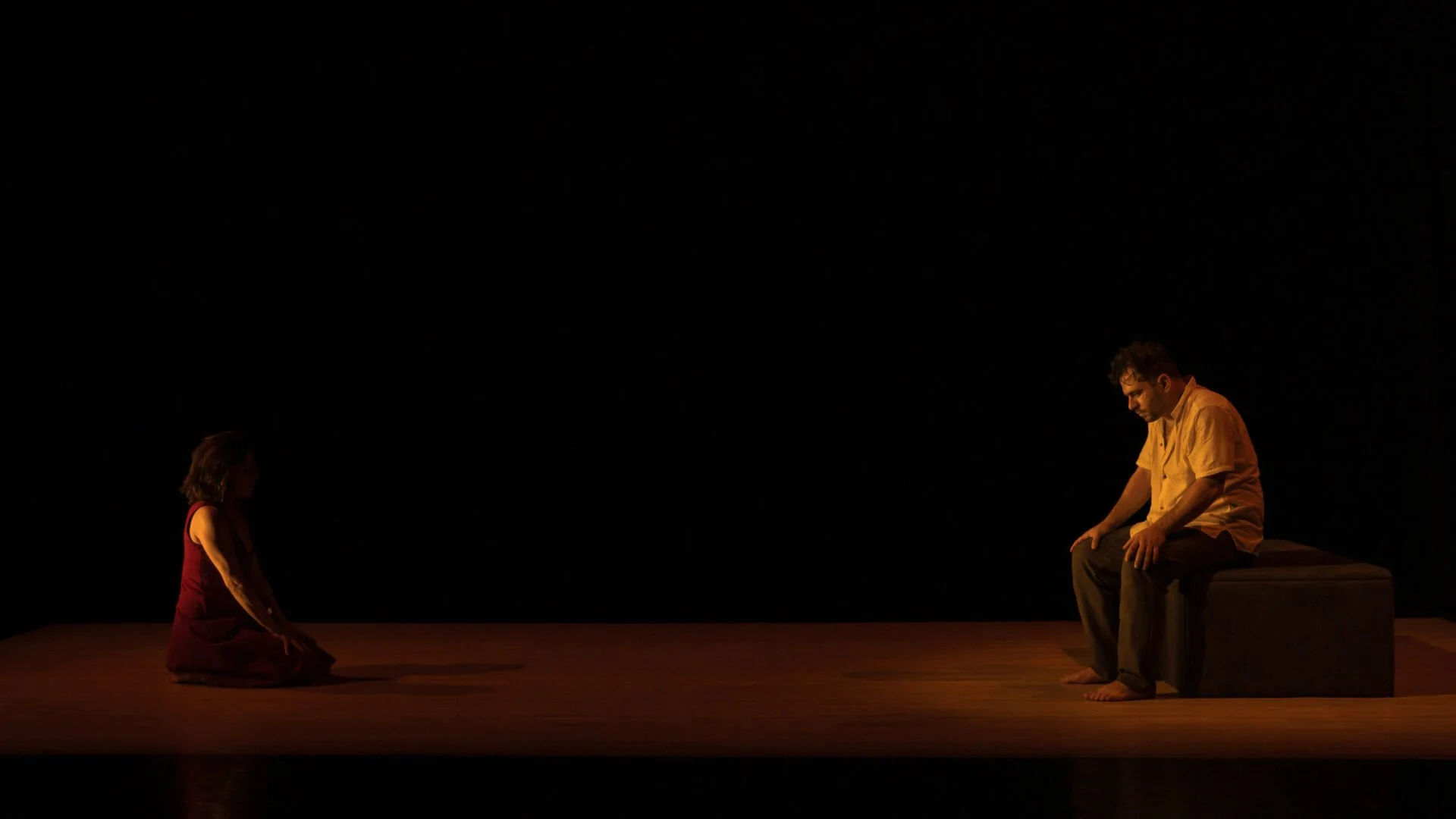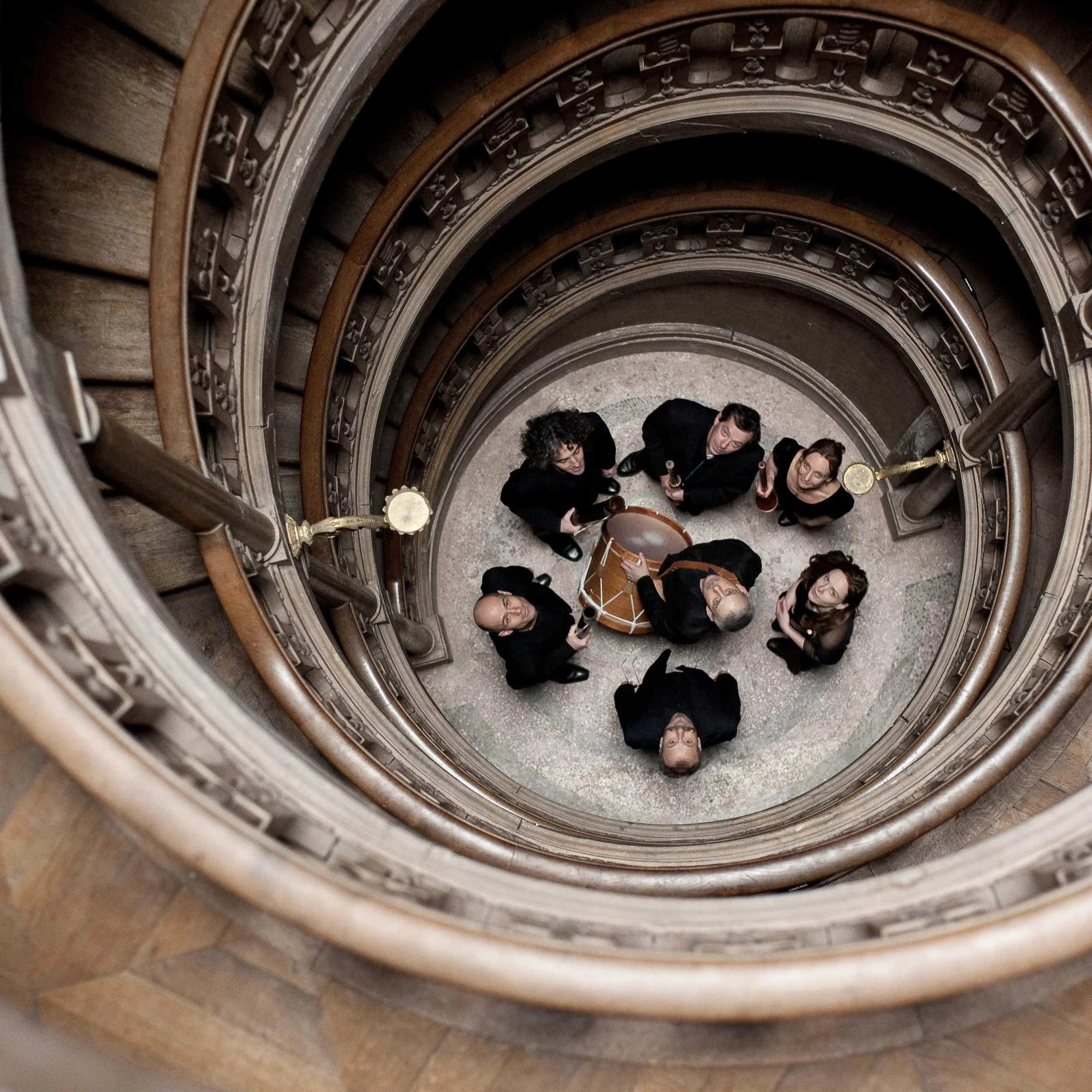Dancers Kiruthika Rathanaswami and Malavika Santhosh explore duality through bharatanatyam
The two artists are about to present the world premiere of Shiva (he)/Shakti (she), choreographed by Jai Govinda
Malavika Santhosh (left) and Kiruthika Rathanaswami. Photo by Ron Sangha
The Dance Centre and Mandala Arts & Culture present Shiva (he)/Shakti (she) on December 6 and 7 at 8 pm at the Scotiabank Dance Centre
KIRUTHIKA RATHANASWAMI WAS eight years old when she began taking bharatanatyam dance classes with Jai Govinda of Mandala Arts & Culture in Vancouver about 28 years ago. One of the things that she grew to enjoy more and more about the Indian classical dance form is how it can have powerful, rigid movements and very soft gestures at the same time. It’s this kind of duality that she explores in a work about to have its world premiere.
Choreographed by Govinda, Shiva (he)/Shakti (she) is the brain child of Rathanaswami with colleague and friend Malavika Santhosh, who both direct and perform the piece.
The concept of duality is deeply embedded in Hindu mythology, Rathanaswami explains in a phone interview with Stir. She and Santhosh wanted to present a work using bharatanatyam to examine the idea of two people in one body and the inseparable and complementary nature of passive and active energies.
“Since I was little I’ve always been very active,” Rathanaswami says. “I have a background in sport and physical activity, and I find this specific dance form allows for high energetic adrenaline that is created within the body, but at the same time it’s also very meditative and spiritual. That combination of both I find so fascinating in this dance form. There’s abstract movements but a lot is derived from Hindu mythologies and you play a number of different characters so there’s acting involved. There are different levels that the body reaches: it can be very high energy and active but there’s also a lot of stillness. Those two states that the body can go between is just something that has intrigued me.”
Kiruthika Rathanaswami (left) and Malavika Santhosh. Photo Ron Sangha
Over their many years of training with Govinda, Rathanaswami and Santhosh have learned a large repertoire of bharatanatyam choreographies. For “Shiva/Shakti”, Govinda choreographed three new duets reflective of the theme and added two solos that have been specially choreographed for each of them.
“Shiva is also known as Nataraja, the lord of dance, and along with Shakti, his consort, they are at the core of Hindu philosophy,” Govinda shares with Stir. “The feminine and masculine united as one, both praised for their separate and united qualities under the name of Ardhanareeshwara—‘ardha’ meaning half, ‘nari’ woman, and ‘eeshwara’ man. The poets used for some of the choreographies are 18th- and 19th-century musicians, as well as a contemporary lyricist and composer Balasubramanya Sharma, under whose direction and expertise the music was specially recorded in Bangalore.
“The Shiva/Shakti philosophy is very mystical and esoteric,” he adds. “For example, the lyrics of one of the pieces describes Shiva dancing on the universal stage as well as in everyone’s heart. He is fire, air, water, earth, and ether.”
Bharatanatyam was initially performed in the temples of South India by devadasis, or servants of gods. Govinda was first attracted to its philosophical and mythological content.
“Its physicality, hand gestures, complex rhythms of footwork, and its use of shapes and forms in time and space mesmerized me,” he says. “Adding to that is its hypnotic and rich musical and poetical content. After intensive studies of ballet under full scholarship with Les Grands Ballets Canadiens, and an ashram life that led me to India on several occasions, bharatanatyam was my selected form of dance to continue my journey in the performing arts.”
Govinda has pioneered the practice of bharatanatyam in B.C., establishing its presence within the local arts scene. He says becoming a member of The Dance Centre was pivotal in his goal of making the style better known across the province; his classes take place at the Scotiabank Dance Centre, giving visibility to the form.
“After teaching for a few years, my dance academy was recognized and supported by the Canadian Arts Training Fund of Heritage Canada, and many of the 46 dancers who have graduated from the academy’s teaching program are continuing a career in dance as performers, teachers, and creators,” Govinda says. “Malavika and Kiruthika are both graduates from the academy. Aside from dancing as soloists and group productions of Mandala, they have also both performed in the work of Nova Bhattacharya, Anusha Fernando, and Sujit Vaidya. Bharatanatyam is now part of the B.C.’s professional performing-arts scape. Mission accomplished!”
Rathanaswami has been captivated by the way bharatanatyam uses the whole body—“from the top of your head all the way to your toes”, she says.
“It’s so intricate from the hands to the feet,” the dancer says. “There are all these different mudras or hand gestures right to the fingertips and there’s also the use of the face: the eyes, eyebrows, the cheeks; your entire face is being used. Some other dance forms might be more abstract or have more storytelling or narrative; with bharatanatyam, every muscle and bone in the face is active depending on the piece of choreography. It’s something very unique to Indian classical dance, the movement of the face, hands, and feet. It’s the entire body that actually is being used when performing, and I find that fascinating.” ![]()


































